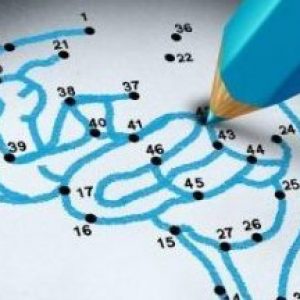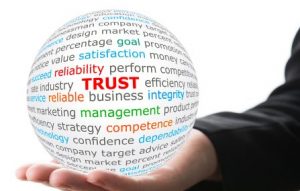
Three Types of Leadership Trust
I’ve been exploring issues of leadership trust with some of my clients and readers. Here are some interesting articles and thoughts from business reviews. There

I’ve been exploring issues of leadership trust with some of my clients and readers. Here are some interesting articles and thoughts from business reviews. There

I’ve been discussing the fact that leadership strengths training is so popular that we fail to recognize when strengths are overused. Most leaders are familiar

Many leaders fear they’ll lose their edge if they stop using their leadership strengths. They must instead learn to use their preferred strength more selectively.

The most challenging part of growing brilliant leaders who will thrive in 21st century business is coaching the inner game of leadership. Today’s leaders must

I’ve been emphasizing the benefits of strengths-based leadership rather than managers trying to fix people’s weaknesses, in my previous posts here and here. In Strengths

I’ve been exploring what builds high leadership trust (here and here). Maister, Green and Galford write about the elements that build trust in their book

Have positive leaders become an endangered species? It’s tempting to ask this question, as examples of negativity and discord blast headlines. Too much negativity saps

I’ve been exploring what it takes for leaders to become more authentic leaders. According to author Karissa Thacker in The Art of Authenticity (Wiley, 2016),

An organization’s health is only as sound as its leader’s decisions. Some companies prosper from wise leadership directions, while others struggle after flawed choices—choices that

How a leader responds to adversity reveals how effective that leader truly is. Reactions to setbacks or crises not only test leadership character but define

Business is an active, demanding endeavor. Only those who consistently apply themselves succeed. Organizations that thrive require leaders who actively dream, plan, engage, solve, pursue,

Surveys and studies indicate global job dissatisfaction is at a two-decade high. Disengaged employees account for nearly 70 percent of the workforce, which significantly affects







